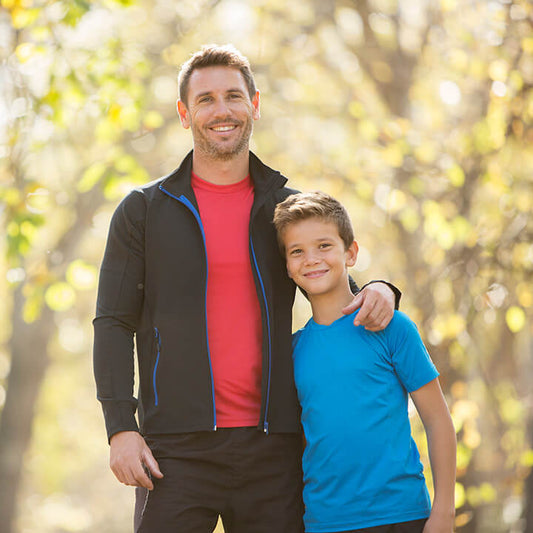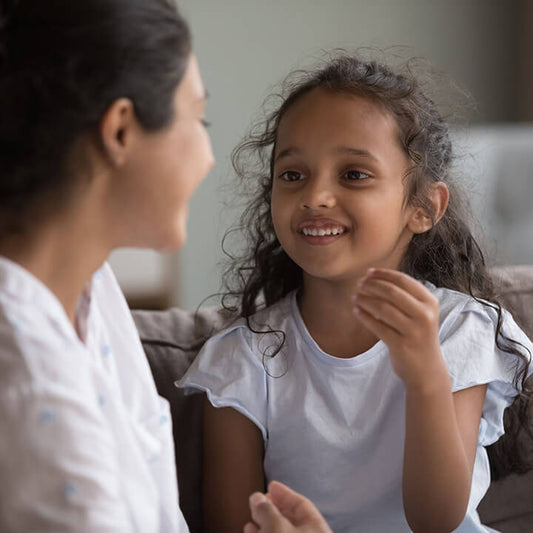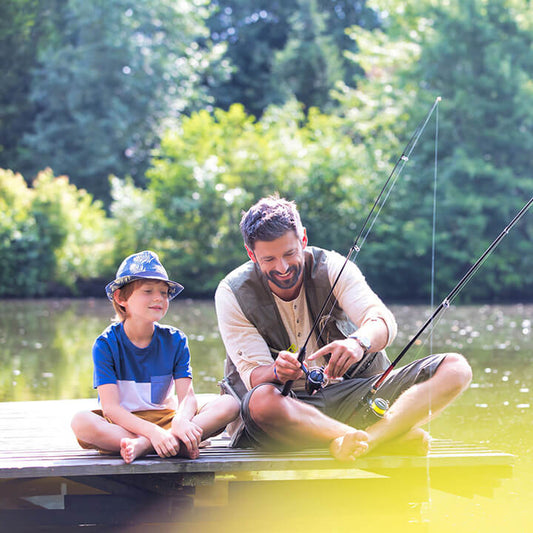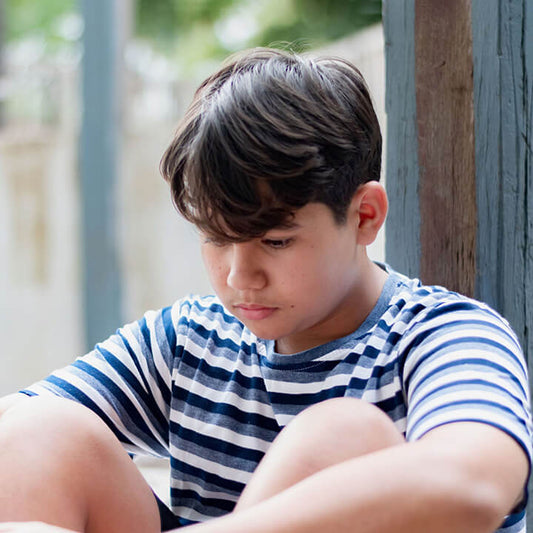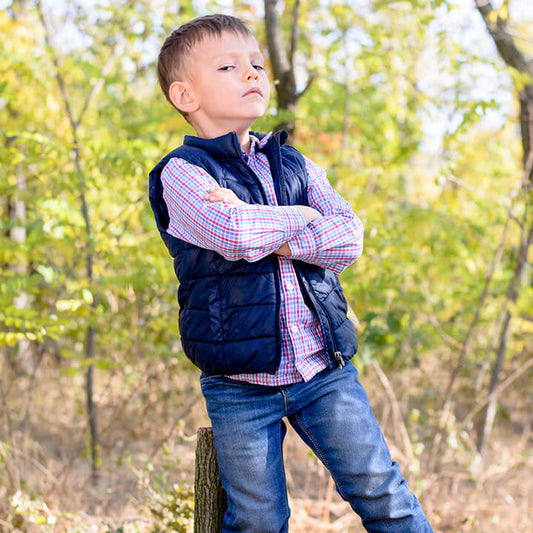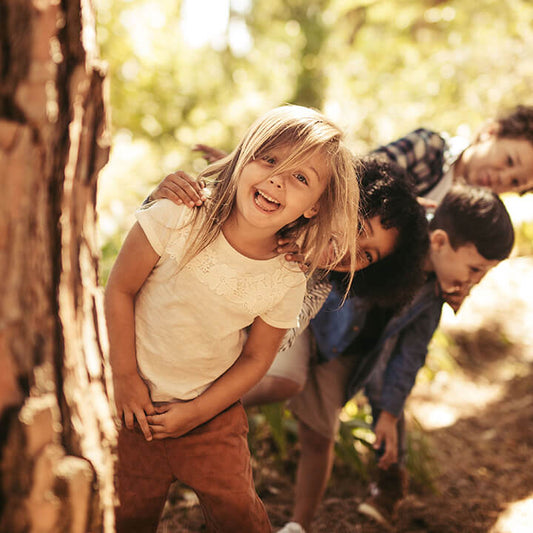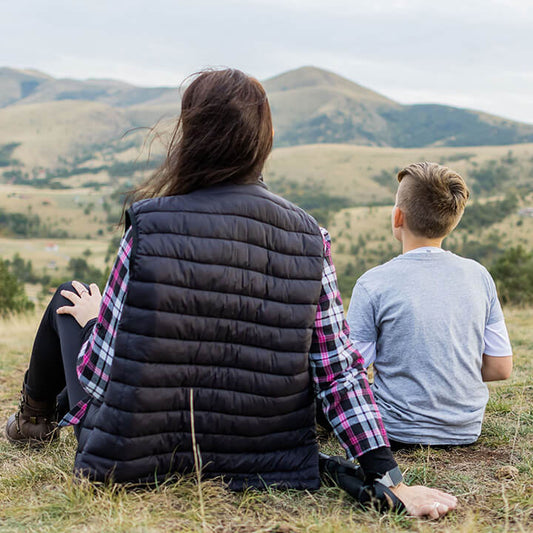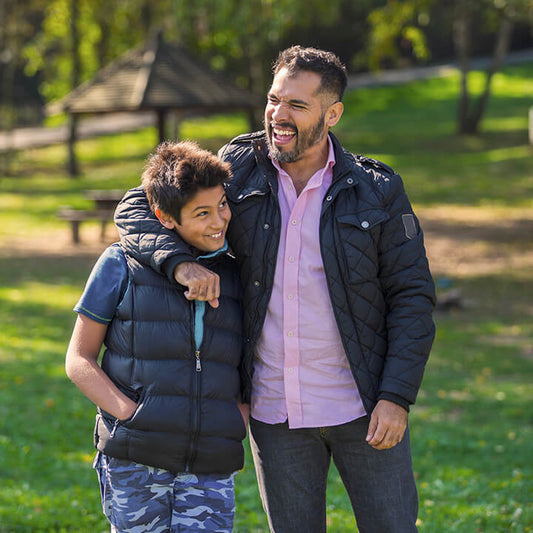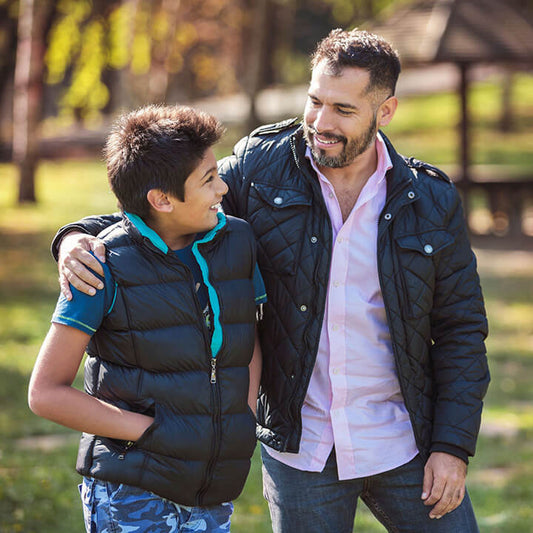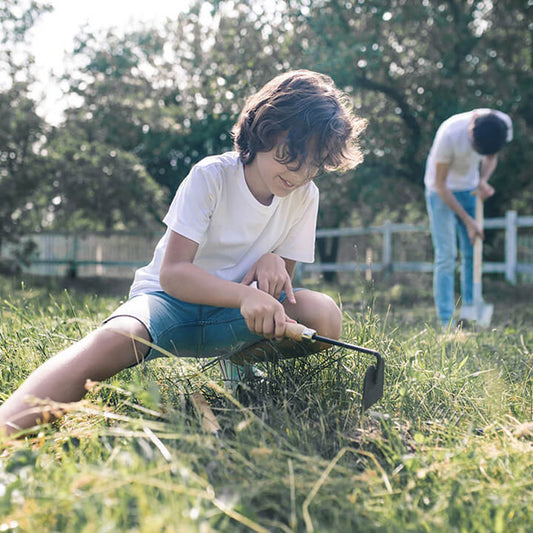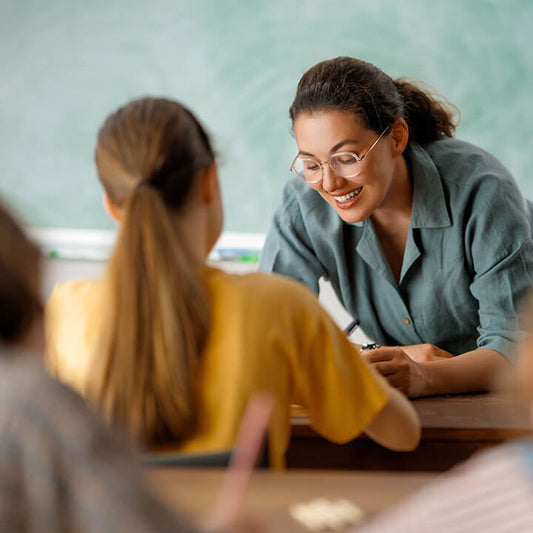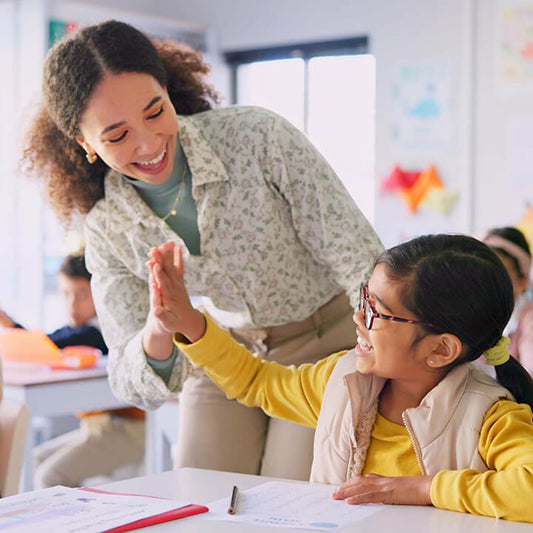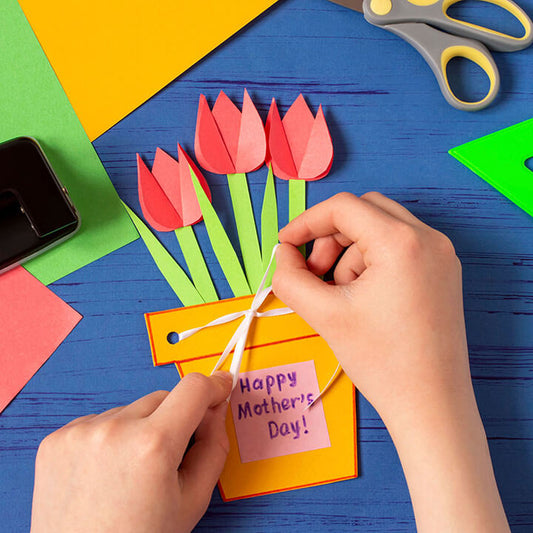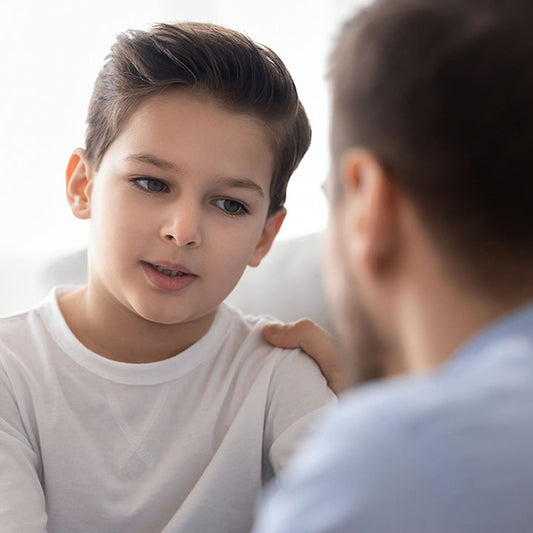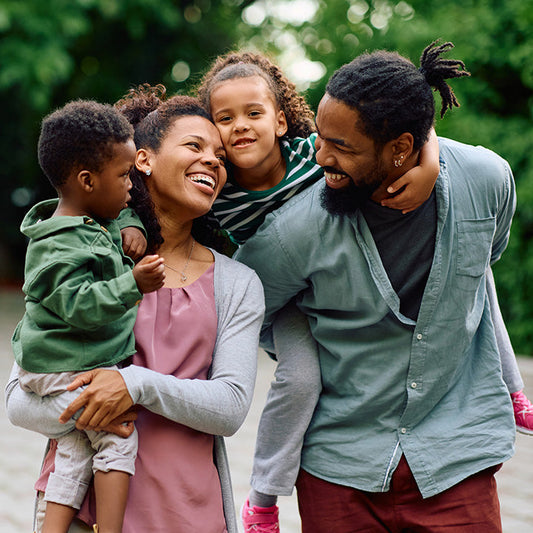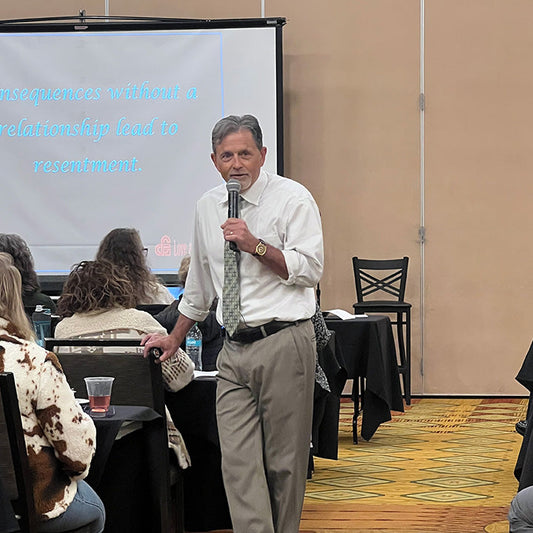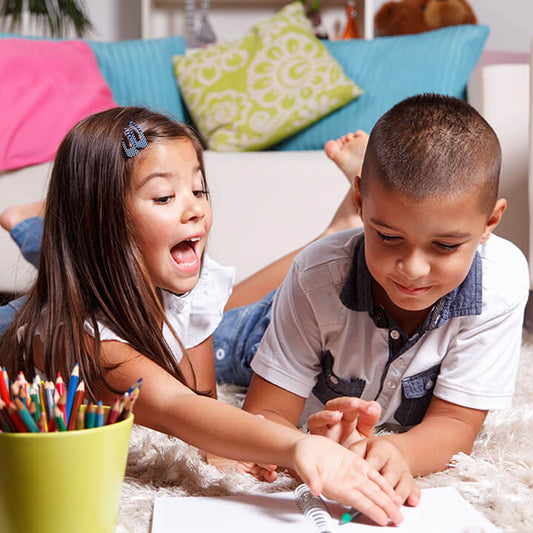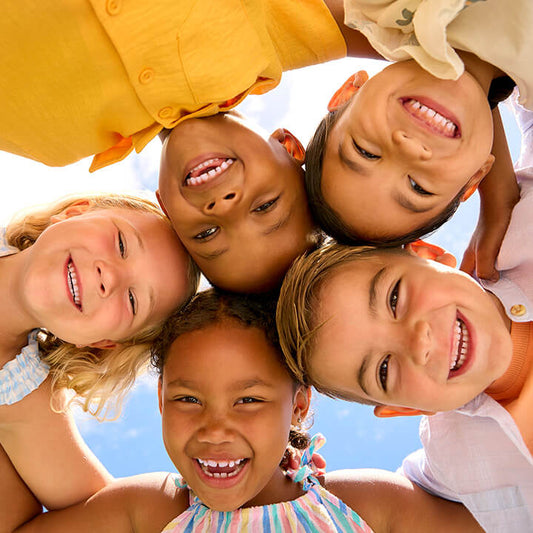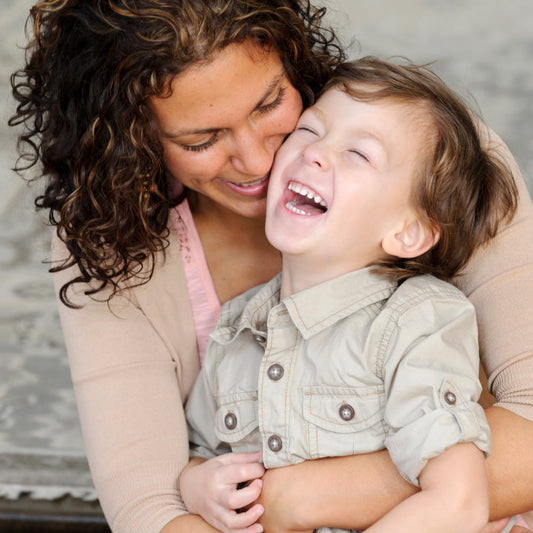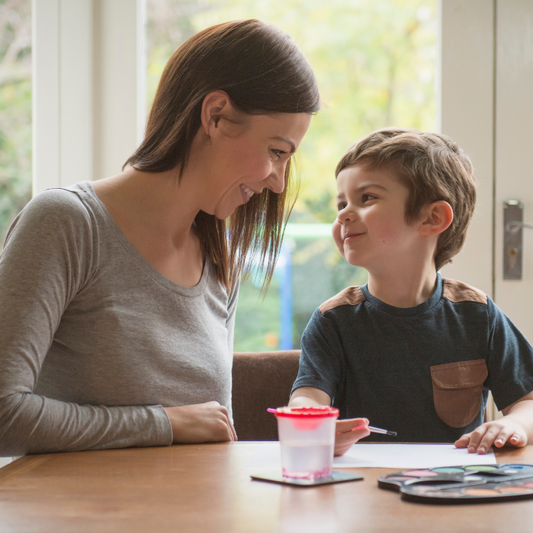People who have a healthy view of selflessness tend to be far happier than those who are self-absorbed or self-centered. Many classic psychological theories and techniques have entirely missed this point. They focus on self-actualization, personal growth, or getting in touch with one’s self. These approaches miss the point that personal growth and happiness result most naturally from occasionally placing oneself in the position of serving others to improve the lives of others. These theories also ignore the documented physical reality that our brains are filled with “mirror neurons.” These are bundles of nerve cells that enable us to connect with others’ feelings and meet their needs as a result.
When we become too focused on ourselves, it is like peeling an onion in search of the core—we never find it. We spend our lives in a meaningless pursuit of something that doesn’t exist. Give your children an opportunity to lead truly impactful and fulfilling lives by teaching them that it is truly better to give than to receive.
The Gift of Giving

My dad, Jim Fay, tells a story about a mother and the gift that her kids gave her.
“While at the bank, she overheard the manager talking about a project his staff was involved in. They were collecting gifts for children in the community who, without their help, would not receive anything. So far, they were not doing too well. She asked what she could do to help.
At dinner she told her family about the project. With pure excitement, her kids said that since they had outgrown their bikes, and were hoping for new ones from Santa, they could give their old bikes to these children.
That weekend the kids spent hours cleaning their bikes. By the time they were done, those bikes sparkled.
They delivered the bikes on Monday and the look of pure joy on her children’s faces made Mom’s heart swell. That day they gave her a gift, too—the knowledge that she was raising kids who cared.”
Teach Them to Look at Insides—Not Just Outsides
A mother commented, “I was trying to teach my four-year-old daughter that everyone has something deep inside that hurts. Everyone is dealing with some type of struggle or serious battle. Even people who look like they have everything together are still struggling with something. I kept saying, ‘In our family we try to look at the insides rather than the outsides.’ One day my daughter asked, ‘I don’t have an X-ray, how do I see inside somebody?’”
Selfless people don’t have X-rays, but they do learn to use “X-ray thinking.” They look at people from a deeper perspective, attempting to understand what is going on at the heart level. As a result, they are far less likely to become needlessly offended and self-protective. Instead, they are more likely to experience empathy and to serve by extending a listening ear and a helping hand.
As we go about modeling this important attitude, and talking about it with our kids, it’s important to remember that this is an exceptionally high-level skill and attitude that many adults never master. Expecting our kids to suddenly “get it” is a sure way of setting everyone up for frustration and disappointment. The wiser approach is to view this as a lifelong process that will gradually rub off on them as they grow and become adults.
Expect Tangible Mini Acts of Service
There’s a “train” at Denver International Airport that shuttles passengers from the main terminal to the various airline concourses. Most people must stand, but there is some seating at the front and rear of each car. It’s almost always the same scene. The seats are filled with children, teens, and young adults, while older and even elderly people are forced to stand.
Is there something wrong with this picture? Should our children be seated while older adults are forced to stand? What wonderful lessons can be learned when we expect them to rise and offer their seat to someone else!
Are your kids holding doors open for people? When they are standing in line, are they offering to let someone to go ahead of them? Are they offering to carry something for someone who is struggling?
Are you modeling these mini acts of service? Are you finding ways for your kids to follow your example? Teach your kids that it really is better to give than to receive and show them by modeling it for them.
For Parents Who Want to Build Lasting Family Values
For more practical ways to nurture empathy, responsibility, and respect in your family, listen to our audio set, 7 Ways to Create a Respectful, Responsible, and Resilient Family.
Thanks for reading!















